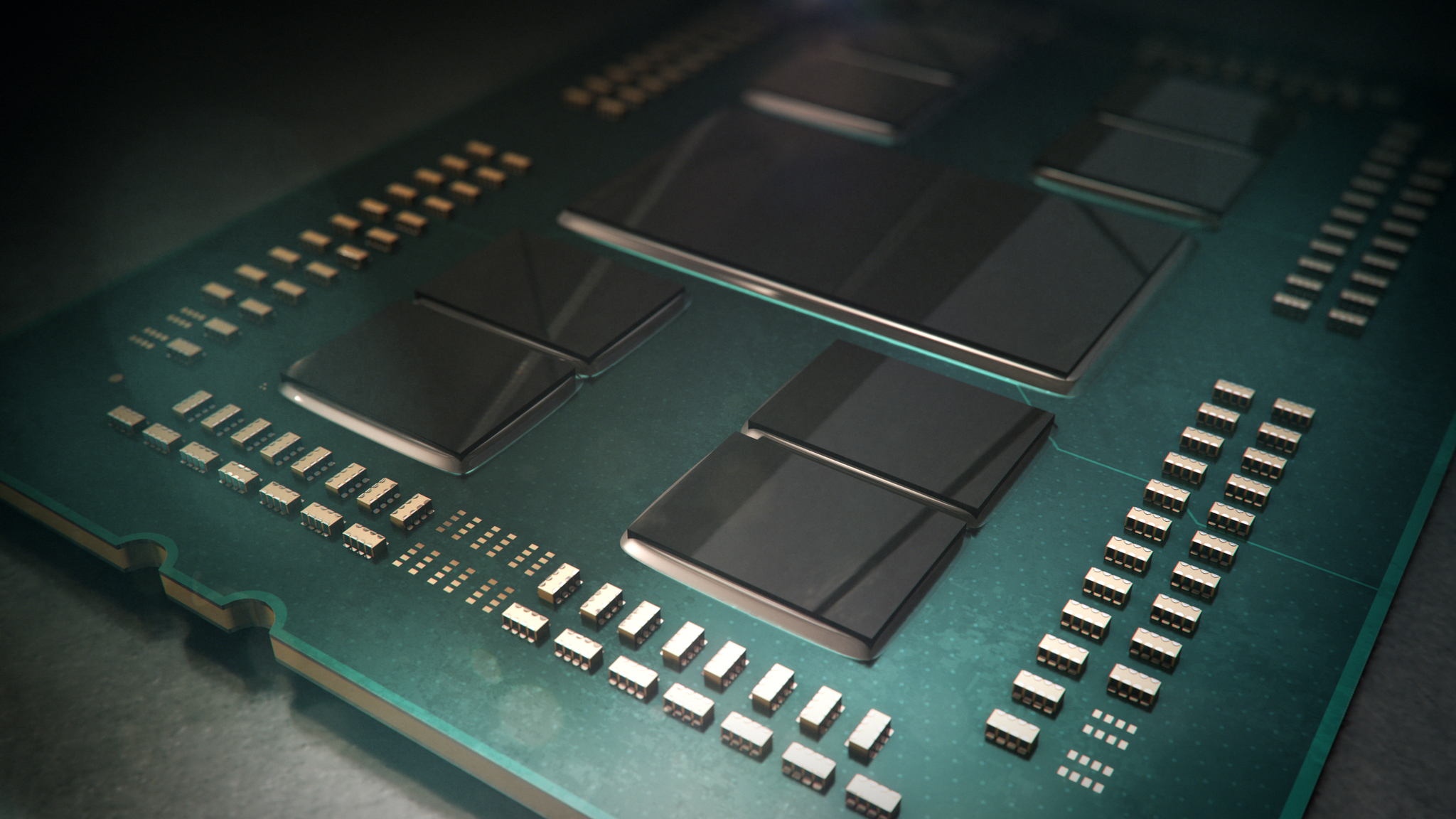AMD reveals 7nm 'Rome' EPYC processors aimed at data centres
The processors signal the future steps for Ryzen chips


AMD president and CEO, Dr Lisa Su, unveiled the company's next-generation EPYC server processor in San Francisco.
Dubbed "Rome", it brings 7nm manufacturing to the server CPU market for the first time, and is the harbinger of future 7nm Ryzen chips.
At the same time, AMD launched the Radeon Instinct MI60 and MI50 graphics accelerators, which also sport 7nm-based chips and use AMD's latest Vega architecture.
"We're taking the power of 7nm tech, we're taking that advantage of doubling that bandwidth and we're bringing tremendous performance," said Dr Su at the launch event. "We're thinking not just about the CPU but about how the CPU connects to the rest of the components."
This, emphasised Dr Su, was just as important as the processor itself. "What Rome does is brings total system capability when you put [the CPU, GPU and interconnects] together."
The new Rome EPYC processors are built on top of AMD's "Zen 2" architecture, with the processor's core complex containing eight core dies, and each of those core dies has eight Zen 2 cores. That translates to 64 cores on the top-end version of Rome chips.
For the moment, however, AMD is keeping quiet on processor clock speeds.
Get the ITPro daily newsletter
Sign up today and you will receive a free copy of our Future Focus 2025 report - the leading guidance on AI, cybersecurity and other IT challenges as per 700+ senior executives
What should this mean in practice? AMD claims Rome will deliver an unprecedented 3x speed increase compared to the previous generation processors in certain applications. "I've been in the semiconductor industry for a long time," said Dr Su, "you don't get 3x."
The company promises an even bigger boost for floating point performance, with speeds four times that of the current EPYC processors.
While demos at launches should always be treated with scepticism, AMD was happy to pit a top-of-the-range dual socket Xeon against a single-socket Rome processor and a current dual-socket EPYC system.
Putting all three systems through the C-Ray benchmark side-by-side, the Rome-based system completed the test in 27.7 seconds compared to 30.5 seconds for Intel's machine and 28.4 seconds for the dual-socket EPYC system.
AMD is already shipping the Radeon Instinct MI60 graphics accelerators to data centre customers, but would not be drawn on price.
The company also claims that Rome has started sampling with customers but has not announced a price or availability other than saying "next year".
Tim Danton is editor-in-chief of PC Pro, the UK's biggest selling IT monthly magazine. He specialises in reviews of laptops, desktop PCs and monitors, and is also author of a book called The Computers That Made Britain.
You can contact Tim directly at editor@pcpro.co.uk.
-
 Should AI PCs be part of your next hardware refresh?
Should AI PCs be part of your next hardware refresh?AI PCs are fast becoming a business staple and a surefire way to future-proof your business
By Bobby Hellard
-
 Westcon-Comstor and Vectra AI launch brace of new channel initiatives
Westcon-Comstor and Vectra AI launch brace of new channel initiativesNews Westcon-Comstor and Vectra AI have announced the launch of two new channel growth initiatives focused on the managed security service provider (MSSP) space and AWS Marketplace.
By Daniel Todd